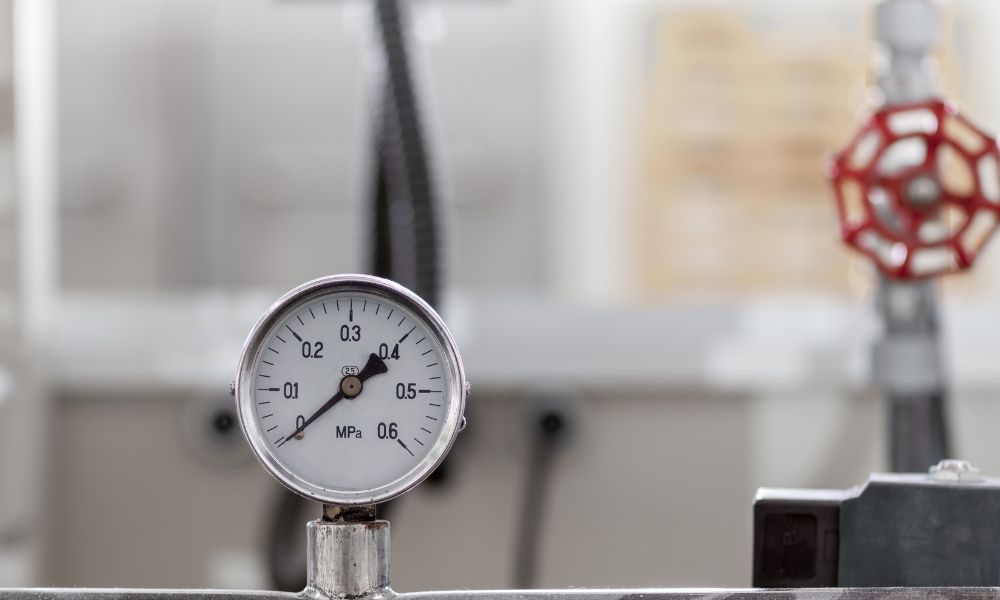We live in a golden age of car safety, with automobile engineers designing a new generation of vehicles that provide more protection from accidents. But we still need to do our part to keep our cars safe. It doesn’t take much—we simply need to provide some basic maintenance and attention. To get you started, here are several tips for making your car safer.
Look It Over
Take the time to conduct an all-points inspection of your vehicle. Walk around the car and look under the hood to assess the state of all the visible parts. Inspect your tires for abrasions, punctures, bubbles, and other anomalies that could lead to a flat or a blowout and consider whether it’s time to replace them—usually, you should replace tires after 60,000 miles. Look for signs of rust and corrosion in the body and floor, and check under the hood to see if things are looking grimy and oily—that could indicate leaks. When you’re done, note anything that requires professional service and schedule an appointment at the garage.
Bring It in for Regular Checkups
If you’re not bringing your car in for regular maintenance, you’re running the risk of it breaking down or running poorly. Periodic checkups can reveal little problems before they become big problems, keeping you and your passengers safe. Brake inspections are mandatory. Have them inspected every six months to ensure the pads aren’t worn and that the fluid is topped off. Change the oil according to your owner’s manual, but a good rule of thumb is to change it every 5,000 miles. Clean and clear oil ensures a smoothly running engine. Be sure they check all the lights as well, from the headlights to the hazards to the turn signals. Replace them if necessary.
Neat and Clean
Keeping your car clean may not seem like a big step toward car safety, but it is. A clean car runs more efficiently. Regular cleaning can also keep the body, undercarriage, wheel wells, and moving parts free of rust, grit, grime, and other factors that can impede performance and lead to accidents. Keeping the engine bay clean of oil protects the car’s more delicate features and functions. It can also keep debris from damaging belts and prevents the possibility of an engine fire.
Employ All the Safety Features
As mentioned above, we live in a golden age of car safety. One of the more striking differences is the large variety of electronic warning systems now available. One example includes backup cameras, which provide a view of the rear while driving in reverse, as well as automatic braking systems, which activate when the car detects a potential collision. If you don’t have these systems, installing them. The best tips for making your car safer involve making your car smarter.






